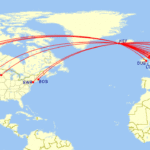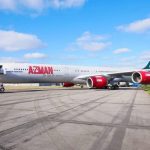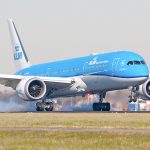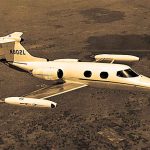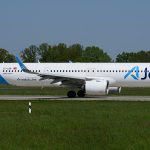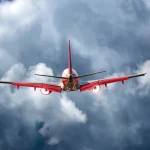Three months after signing a Memorandum of Understanding with Airbus for the incorporation of A321XLR aircraft, Icelandair announced today a firm order for 13 units of this model.
This marks a milestone in the history of the main airline in Iceland, which has been a loyal Boeing customer for decades, deploying its 757s to connect Europe and America using Keflavík as a hub.
See also: 41 years after the roll out of the Boeing 757: Brief history of the nearly perfect plane
But without a replacement for this aircraft from the American manufacturer, Icelandair had to turn to the A321XLR to fulfill this type of missions since the initial option, the 737 MAX, does not meet the airline’s needs, especially on longer routes.
Its current fleet consists of 14 Boeing 737 MAX 8 and 4 737 MAX 9, 12 757-200, 2 757-300, 5 767-300 and 6 DHC-8-200.
«We are pleased to announce that we have finalized the purchase agreement with Airbus. The efficient A321XLR aircraft will further reinforce our business model, increase our flexibility and provide opportunities for future growth, in addition to continuing to support our sustainability efforts,» said Bogi Nils Bogason, CEO of Icelandair.
The executive detailed that the first aircraft of this order will be delivered in 2029, but they plan to incorporate four A321LR via leasing with SMBC Aviation Capital Limited by the summer of 2025.
Christian Scherer, Commercial Director of Airbus and maximum responsible for Airbus International, said they extend their «most sincere gratitude to Icelandair for placing their trust in Airbus. We are immensely proud to welcome Icelandair as a new Airbus customer. Leveraging the exceptional performance of the A321XLR, your airline is forging a path of sustainable growth with remarkable efficiency and a significant reduction in CO2 emissions.»
The A321XLR will have a range of up to 4,700 nautical miles (8,704 km), 15% more than the A321LR, which translates into a seat consumption 30% lower than previous generation aircraft like the 757.
Why did Icelandair choose the A321XLR?
When it was known in April that Icelandair would go for the A321XLR to replace its 757s, our correspondent in Europe, Joao Machado, conducted an analysis on the fundamentals of that decision, which we replicate below.
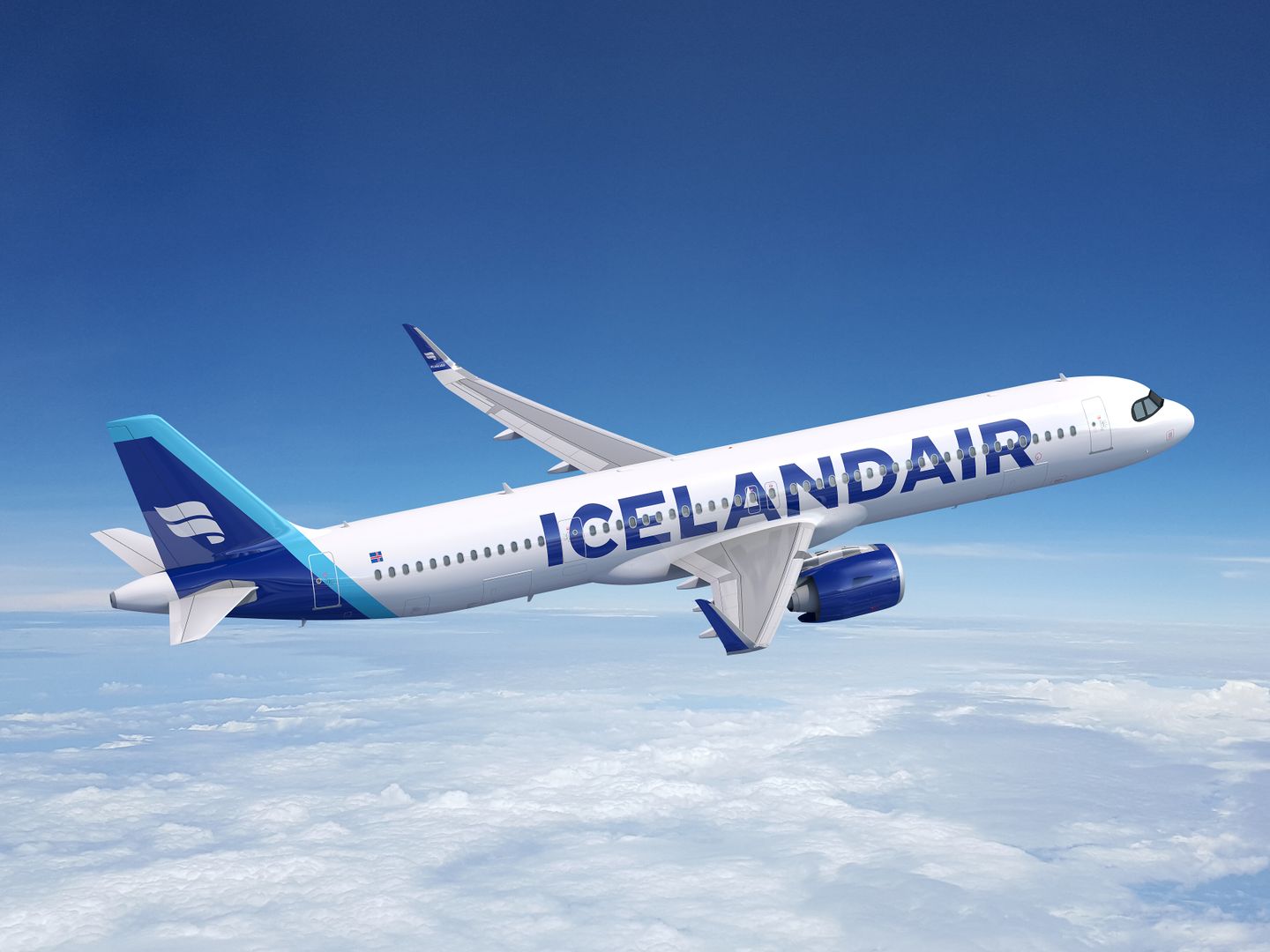
Over the years, Icelandair demonstrated that it can be profitable in the transatlantic business as an independent company. Its reputation had largely been forged around the Boeing 757.
This apparent preference for Boeing aircraft changed when the airline announced the purchase of 13 Airbus A321XLR aircraft.
In a press release sent in April, the airline suggested that the Airbus would be the true successor to their Boeing 757 fleet — the plane that gave rise to modern Icelandair — in terms of providing a greater range.
With the range of the «Seattle Rocket» and its capacity, smaller than that of wide-body aircraft, the airline can serve routes with less demand with the fabulous location of Keflavík, less than 5,000 kilometers from the main cities of Europe and the northeastern United States.

The substitute for most of its routes was chosen in 2013 when it formalized an order for several Boeing 737 MAX of the variants 8 and 9. The first of these was delivered in 2018.
However, it was clear that the 737 MAX did not meet all of Icelandair’s standards, especially on the airline’s longer segments.
Compare, for example, the routes operated by the airline’s 757s in July 2018 (left), the last July without the 737 MAX, and in July 2023 (right), according to the Diio Mi application by Cirium.
Meanwhile, this is the network of Icelandair’s Boeing 737 MAX fleet in July 2023 (the three maps were generated with the Great Circle Mapper).
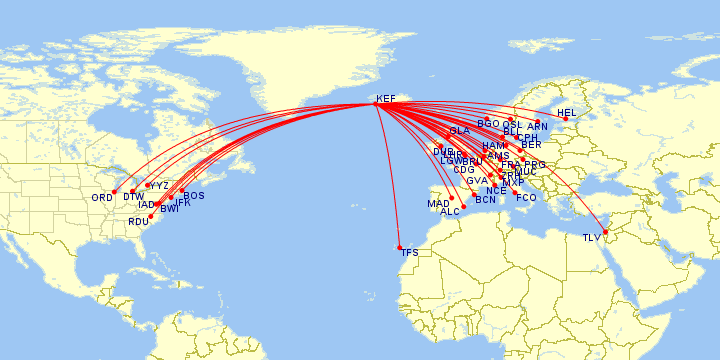
Although the route to Anchorage has not yet returned, the 757s maintained all flights to the west coast of the United States, as well as the flight to Vancouver in Canada.
This could point to a lack of performance of the MAX on these routes. This contrasts with the idea that, on longer routes, the proportion of fuel consumption in total costs is greater. This, in turn, would make the MAX even more desirable as a substitute for the 757.
Finding a plane that met the requirements to reach these more distant cities was therefore a priority for Icelandair as the Boeing 757s, the planes that transformed Icelandair into the hub airline it is today, are getting old.
«The 757-200 is nearing the end of its useful life. It will only be a few years until the A321 is the third type of aircraft and then we will be in the same situation as today, but with more economical A321s instead of B757,» Icelandair’s Chief Financial Officer, Ívar S. Kristinsson, told Aviacionline by email.
«The LR and XLR offer such good performance and range, even better than the 757 in the case of the XLR, which is important for the longer-range missions of our network, such as on our flight to the west coast of the USA (Seattle, Portland, Vancouver, Denver)», he continued.
With the A320 family, Icelandair will consolidate itself as an airline with three types of long-term fleet, not counting the turboprops, which have an important function in its domestic sectors. It may seem like a high number for a fleet of about 50 aircraft, but the airline believes that the 737 MAX, the A321, and the 767-300 will each serve for important (and different) purposes.
«We see more opportunities for growth in other long-range markets and the A321LR/XLR fit well into those missions. The 767 will continue to be part of our fleet, serving some of our core routes, including those where we have a strong demand for cargo,» added Kristinsson.
The most important thing, according to the airline, is to maintain the smaller capacities of narrow-body aircraft, as the last Icelandic airline that was ambitious with wide-body and long-haul aircraft, WOW, saw its results plummet after starting to add long-haul routes with larger aircraft.
«We have already demonstrated the ability to operate these ‘extended autonomy’ destinations with a narrow-body aircraft, so we have already tested the concept,» declared the CFO of Icelandair. «The trip cost is significantly lower in a narrow-body aircraft than in a B767, but with a competitive seat cost, which means that you can fly to smaller markets than with a wide-body aircraft, and the risk profile of opening a new route is very different if done with a narrow-body aircraft than with a wide-body one».
That’s why Icelandair finally chose an Airbus, as the 737 MAX family does not have the range of the A321LR and especially the A321XLR. On the other hand, if the airline opted for more wide-body aircraft, even if they were Boeing, it would deviate a lot from its basic model.
Although Icelandair has three Boeing 767-300s, their use is not due to their longer range, but to their greater cargo capacity in the hold, as well as their greater passenger capacity. Currently, according to Cirium, it serves flights connecting its Keflavik hub with Amsterdam, Boston, Copenhagen, and Paris, routes that the 737 MAX could operate without problems.
«More generally, in the future we will see more O-D [city pairs, ed.] in the transatlantic [market] served with the most capable narrow-body aircraft, as more aircraft of this type are delivered to airlines,» said Kristinsson.
«Icelandair is a niche airline and it is important for us to further develop our network in secondary North American markets that can be uniquely served with narrow-body aircraft from our hub in Iceland, but are unreachable from other European hubs with the same metal,» he concluded.



